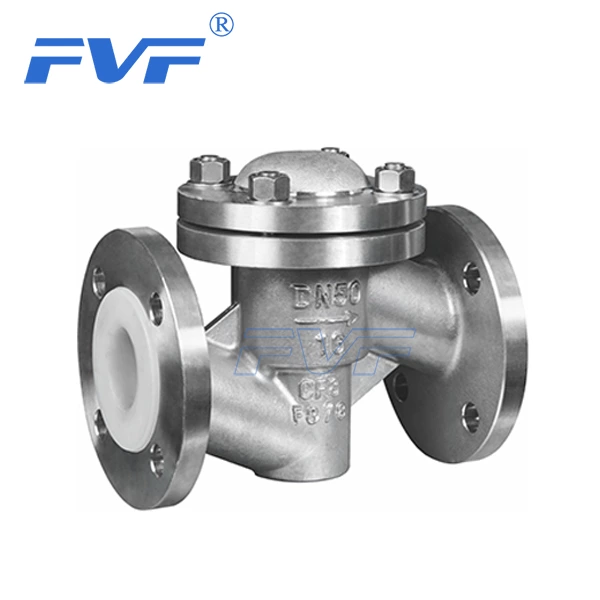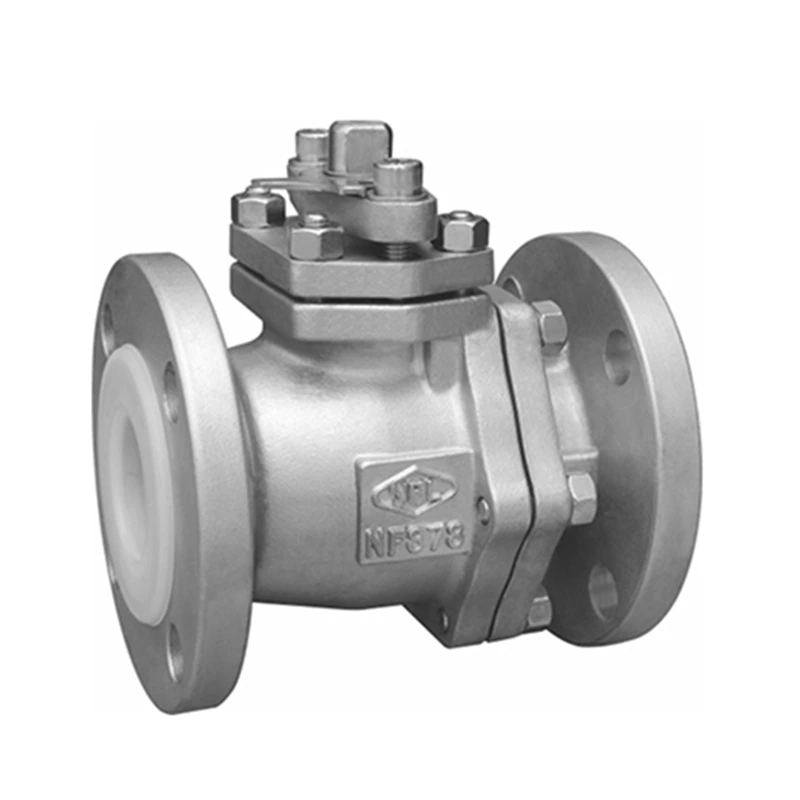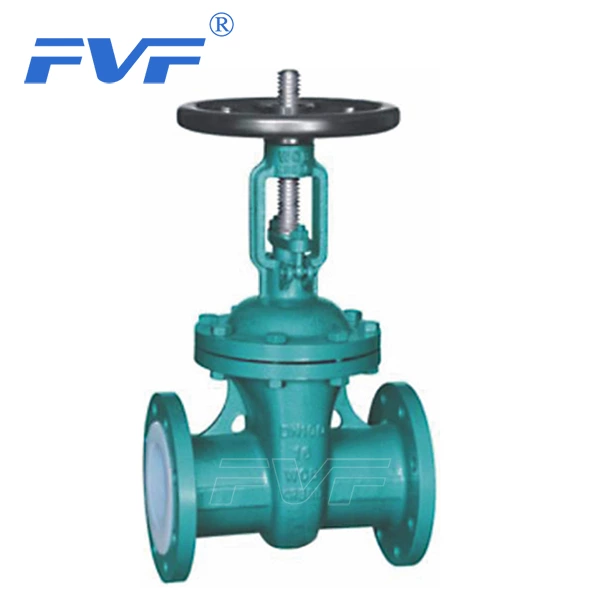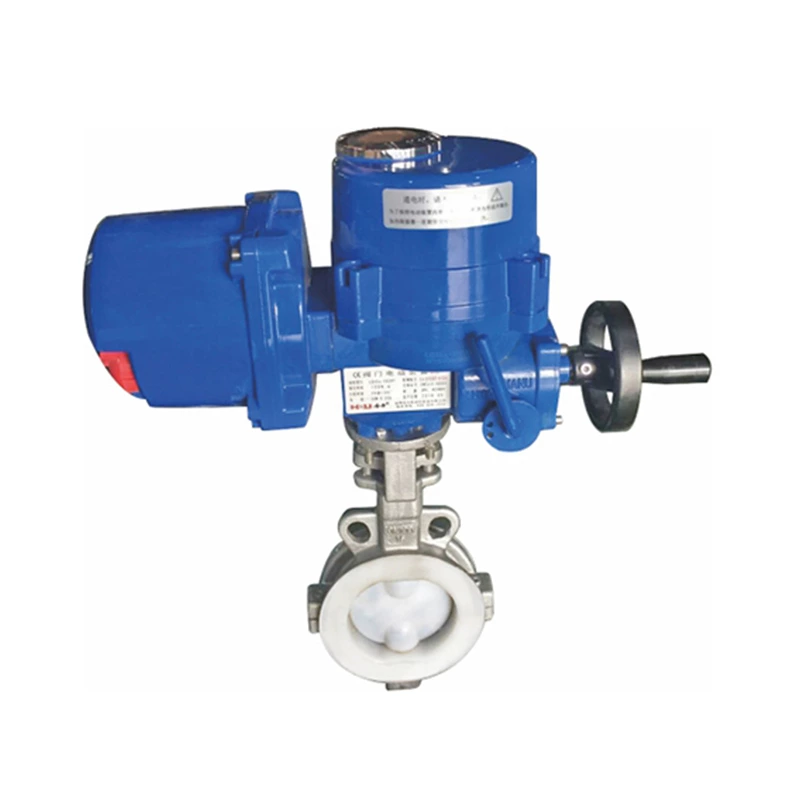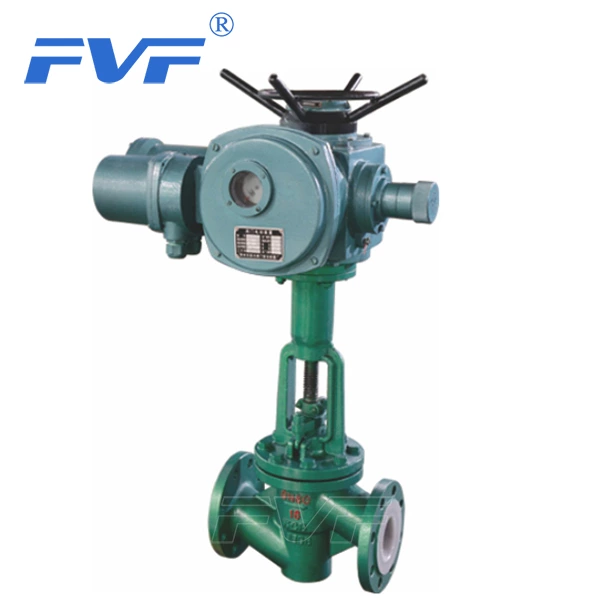Overview Of Lift Check Valve
Lined Check Valve refers to a valve that automatically opens and closes the valve disc according to the flow of the medium itself to prevent the medium from flowing back. It is also called a check valve, a one-way valve, a reverse flow valve, and a back pressure valve. The check valve is an automatic valve. Its main function is to prevent the medium from flowing back, to prevent the pump and the drive motor from reversing, and to release the container medium. The check valve can also be used to provide supply to the auxiliary system where the pressure may rise to exceed the system pressure. The check valve can be mainly divided into a swing check valve (rotating according to the center of gravity) and a lift check valve (moving along the axis).
The function of this type of valve is to allow the medium to flow in one direction only and prevent reverse flow. Usually this valve works automatically. Under the action of the fluid pressure flowing in one direction, the valve disc opens; when the fluid flows in the opposite direction, the fluid pressure and the self-reclosing valve disc of the valve disc act on the valve seat, thereby cutting off the flow.
Among them, the internal thread check valve and the butterfly check valve belong to this type of valve, which include a swing check valve and a lift check valve. The swing check valve has a hinge mechanism and a door-like disc that rests freely on the inclined seat surface. In order to ensure that the disc can reach the appropriate position of the seat surface every time, the disc is designed in the hinge mechanism so that the disc has enough swing space and makes the disc truly and comprehensively contact the seat. The disc can be made entirely of metal, or it can be inlaid with leather, rubber, or a synthetic covering on the metal, depending on the performance requirements. When the swing check valve is fully open, the fluid pressure is almost unimpeded, so the pressure drop through the valve is relatively small.
The disc of the lift check valve is located on the valve seat sealing surface on the valve body. In addition to the disc being able to rise and fall freely, the rest of this valve is like a stop valve. The fluid pressure lifts the disc from the valve seat sealing surface, and the medium reflux causes the disc to fall back onto the valve seat and cut off the flow. Depending on the conditions of use, the disc can be a full metal structure or inlaid with a rubber pad or rubber ring on the disc frame. The same as the cut-off valve, the passage of fluid through the lift check valve is narrow, so the pressure drop through the lift check valve is larger than that of the swing check valve, and the flow of the swing check valve is rarely restricted.
